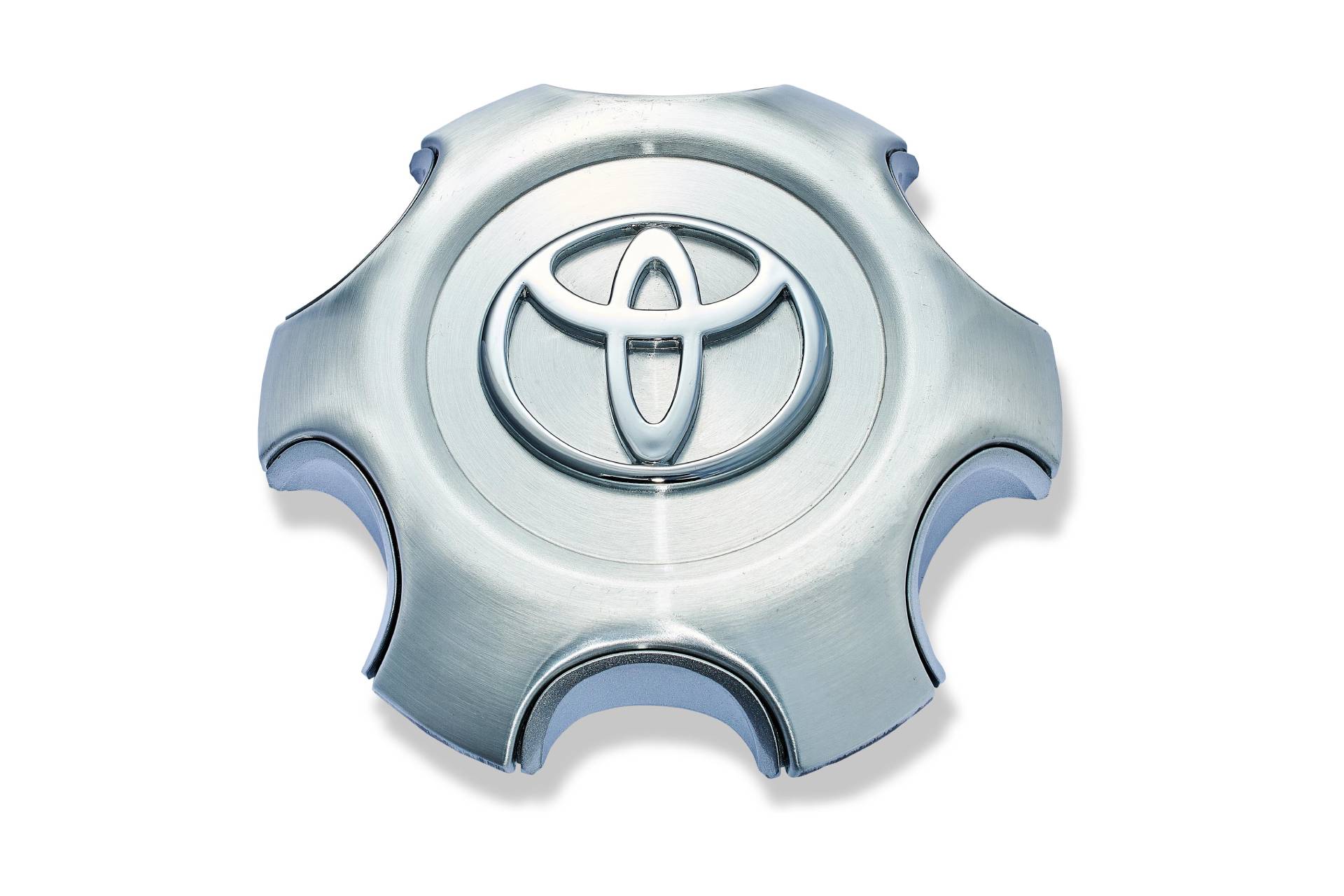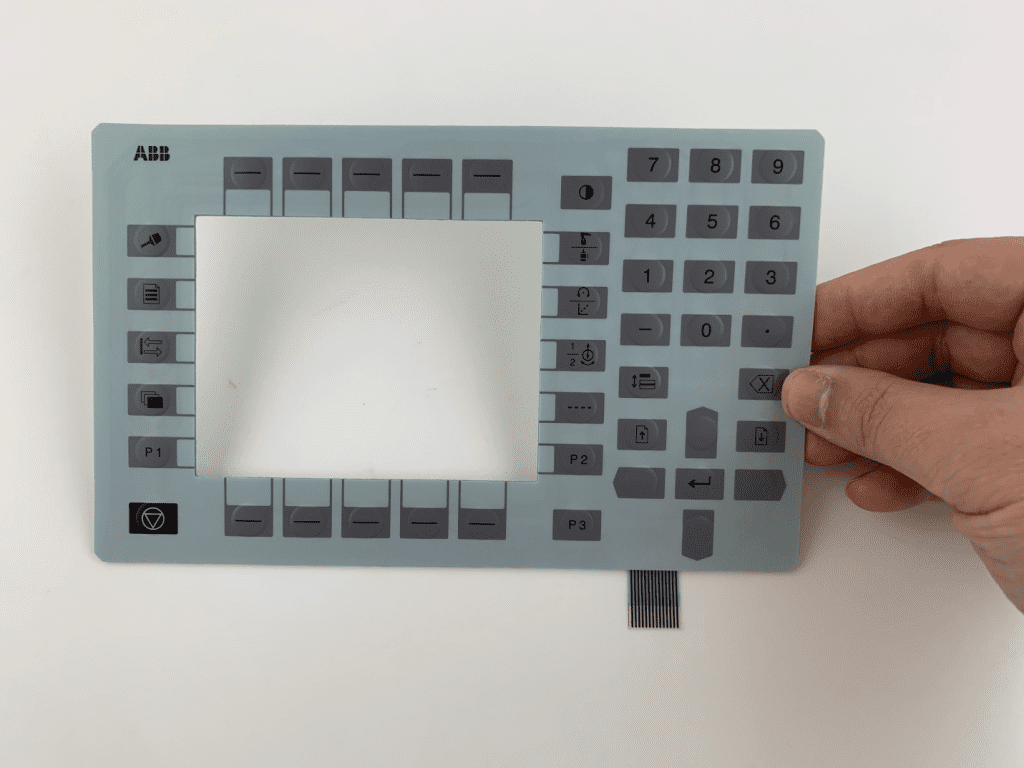Understanding the Technology Behind Membrane Switches
Understanding the Technology Behind Membrane Switches
Blog Article
Comprehending the Importance of Membrane Switches in Interface
Membrane buttons are indispensable elements in the layout of efficient user interfaces, promoting not just performance but additionally enhancing visual appeal and customer interaction. Their one-of-a-kind features, such as resistance to ecological aspects and customizable styles, make them suitable for a varied array of applications throughout multiple markets. As we discover the different benefits and future trends connected with Membrane innovation, it becomes clear that these switches are greater than just elements; they stand for a convergence of advancement and usefulness. The implications of this technology on user experience are worth checking out further.
What Are Membrane Switches?

The spacer layer, which consists of adhesive properties, permits the splitting up of the circuit layer from the overlay, ensuring that the button remains in a non-activated state until pushed. When stress is related to the overlay, it compresses the spacer layer, bridging the void and finishing the circuit in the underlying layer. This style not only reduces the physical room required for conventional mechanical switches yet likewise enhances the resilience of the device, as Membrane switches are generally immune to dust, moisture, and various other environmental variables.
Frequently discovered in applications ranging from customer electronic devices to medical tools, Membrane buttons are essential to modern innovation, providing a user-friendly and reliable interface that straightens with contemporary layout requirements.
Benefits of Membrane Buttons
While numerous switch modern technologies exist, Membrane Switches offer distinctive advantages that make them especially desirable in different applications. Among the primary advantages of Membrane switches is their compact style, which enables space-saving applications in tools where realty is restricted. Their thin account not only improves visual charm yet also promotes lightweight building and construction.
One more considerable benefit is their resistance to environmental elements. Membrane buttons are normally secured against moisture, dirt, and impurities, making them perfect for use in requiring environments, such as medical gadgets and commercial equipment. This longevity extends the lifespan of the switch, minimizing upkeep prices and enhancing reliability.
Additionally, Membrane buttons can be tailored to meet particular style demands, including one-of-a-kind graphics and colors that enhance individual interaction. Their responsive responses options can also be tailored to provide a rewarding individual experience. Furthermore, Membrane buttons are economical, specifically in high-volume applications, as they can be created effectively.
Applications in Various Industries

In the consumer electronic devices industry, Membrane buttons are prevalent in tools such as microwaves, cleaning machines, and remotes. Their tactile feedback and visual alternatives enhance individual experience while supplying a streamlined, contemporary appearance. In addition, automobile producers use Membrane switches in dashboard controls and infotainment systems, where room is limited, and user engagement is vital.
Moreover, the industrial industry leverages Membrane buttons in control panels for equipment and equipment, permitting instinctive procedure in often rough atmospheres. Their resistance to chemicals and wetness ensures durability and reliability in these applications. On the whole, the flexibility of Membrane Switches adds dramatically to their widespread usage, making them vital in various technical domain names.
Design Considerations for Membrane Buttons

When developing Membrane switches, numerous crucial considerations have to be thought about to ensure optimal performance and individual experience. Firstly, the selection of products is essential; picking long lasting, top notch substrates can enhance the switch's long life and resistance to environmental aspects such as dampness and temperature level fluctuations.
Second of all, the design of the graphic overlay should prioritize clarity and simplicity of usage. Symbols and message must be understandable, and the design should assist in instinctive communication (membrane switches). Additionally, responsive feedback is crucial; integrating a tactile dome or other devices can boost the user experience by providing physical verification of activation
An additional vital element is the switch's electrical performance. Developers need to ensure that the conductive traces are effectively created to minimize resistance and stay clear of signal disturbance. This involves assessing the needed actuation force and ensuring compatibility with the digital components they will user interface with.

Future Trends in Membrane Modern Technology
As innovation proceeds to development, Membrane switches are positioned to develop dramatically, driven by advancements in products and producing techniques. One arising fad is the consolidation of innovative materials, such as versatile substratums and conductive inks, which enhance longevity and decrease the general weight of Membrane switches. These materials not only enhance the responsive response however additionally enable the style of buttons that can withstand harsher environmental conditions.
In addition, the integration of touch-sensitive innovations is changing traditional Membrane Switches right into more interactive interface. Capacitive touch sensing units installed within Membrane button panels can offer a much more receptive and about his instinctive individual experience, lining up anonymous with the expanding need for sleek, contemporary styles in customer electronic devices.
Additionally, developments in printing methods, such as electronic and 3D printing, allow quick prototyping and modification of Membrane buttons. This versatility enables producers to react faster to market demands and consumer preferences.
Lastly, sustainability is becoming a significant emphasis, with suppliers discovering environmentally friendly materials and processes. As these trends unravel, the future of Membrane modern technology assures boosted performance, aesthetic appeal, and environmental responsibility, strengthening their duty in innovative interface across various industries.
Verdict
In final thought, Membrane Switches stand for an important part in the design of customer interfaces, combining capability with aesthetic flexibility. As improvements in modern technology continue, the advancement of Membrane switches is anticipated to further fine-tune customer interfaces, driving development and boosting usability in a progressively complex technological landscape.
Membrane buttons are essential elements in the design of efficient individual interfaces, facilitating not only performance but also improving visual appeal and user interaction.Membrane Switches serve as an essential component in various customer interfaces, helping with a smooth interaction between customers and electronic gadgets.While various switch innovations exist, Membrane Switches offer unique benefits that make them especially desirable in different great post to read applications.In addition, Membrane buttons can be customized to meet particular style demands, integrating special graphics and shades that boost customer communication.In verdict, Membrane Switches stand for an essential part in the layout of customer interfaces, incorporating functionality with visual adaptability.
Report this page